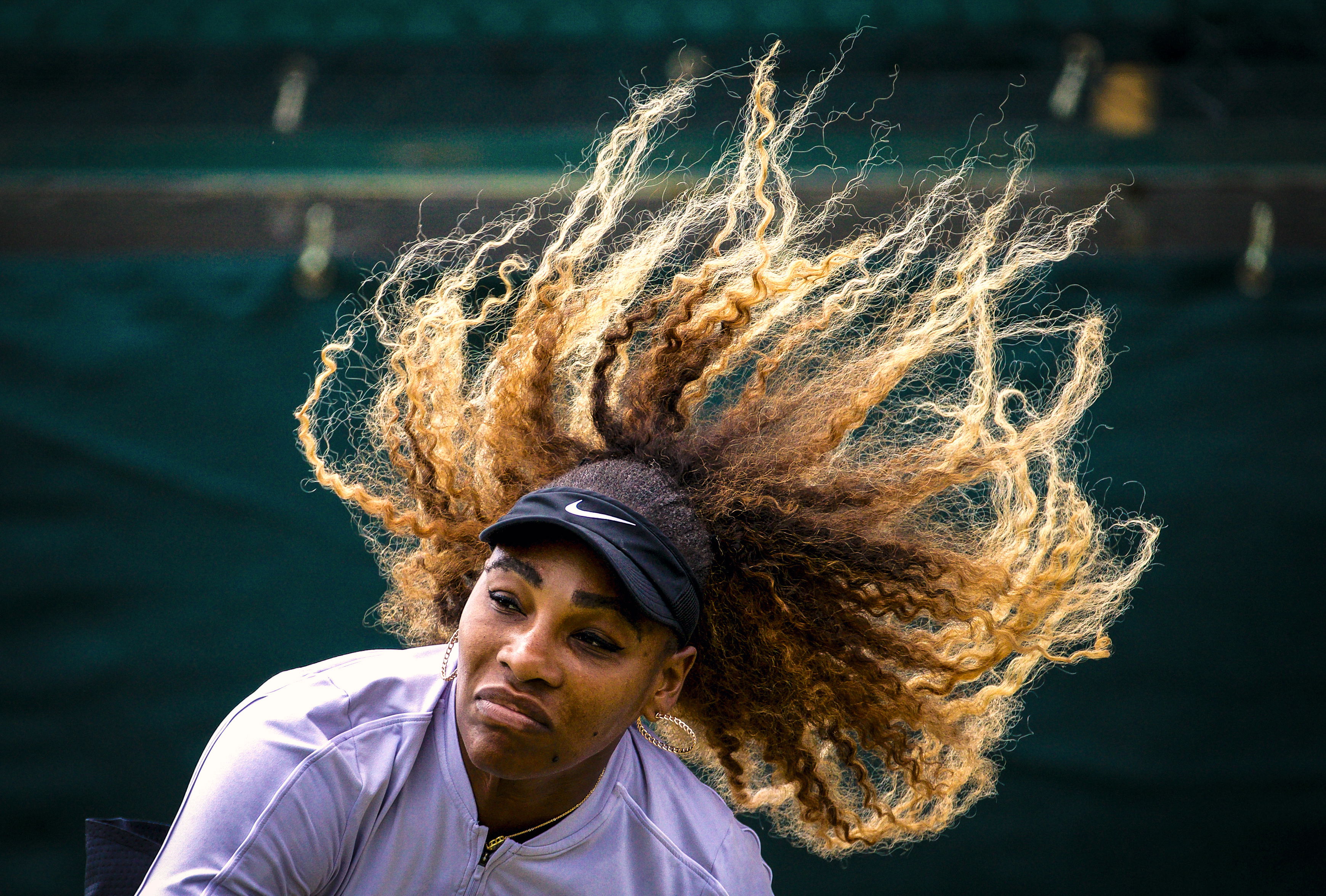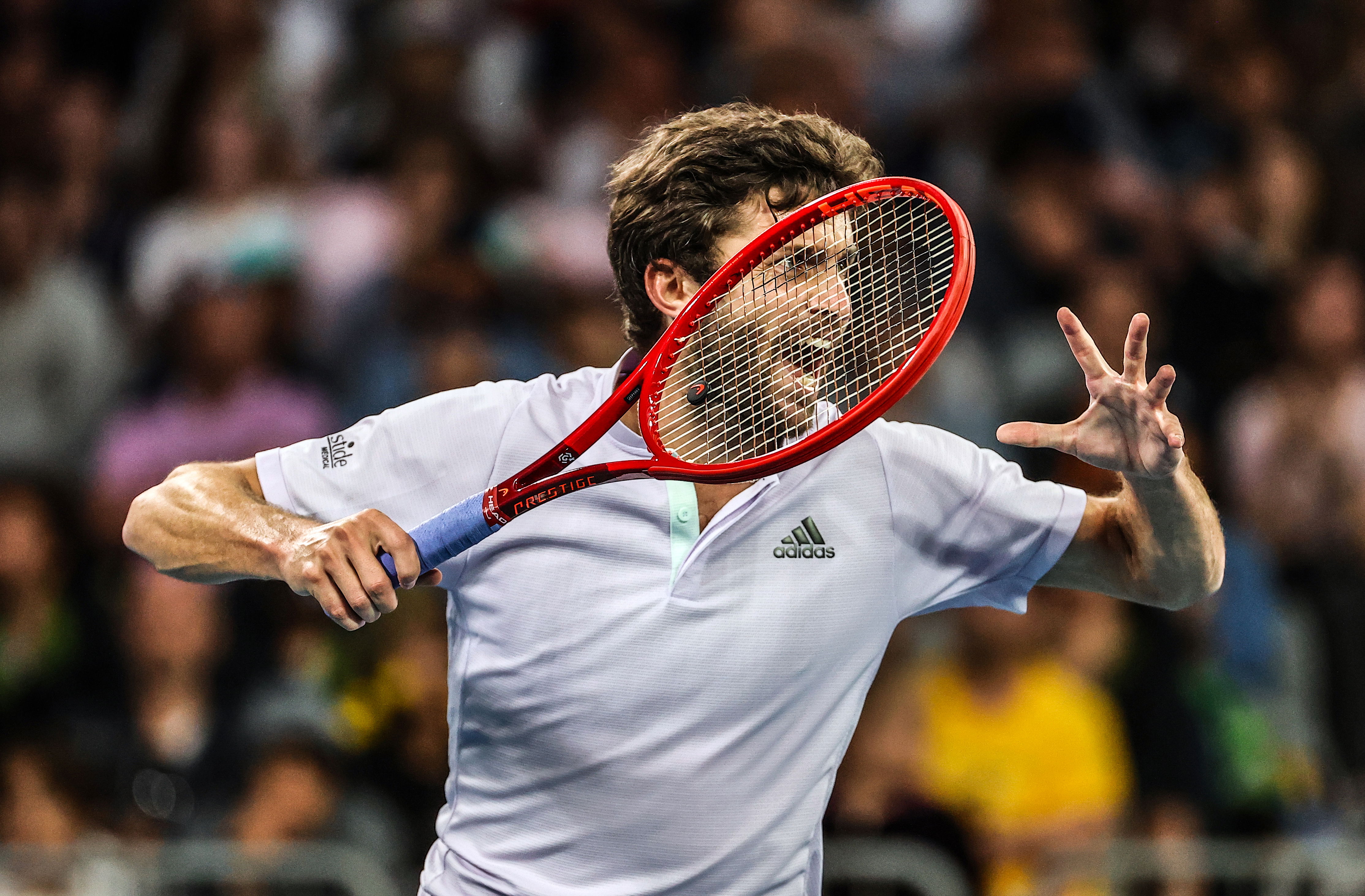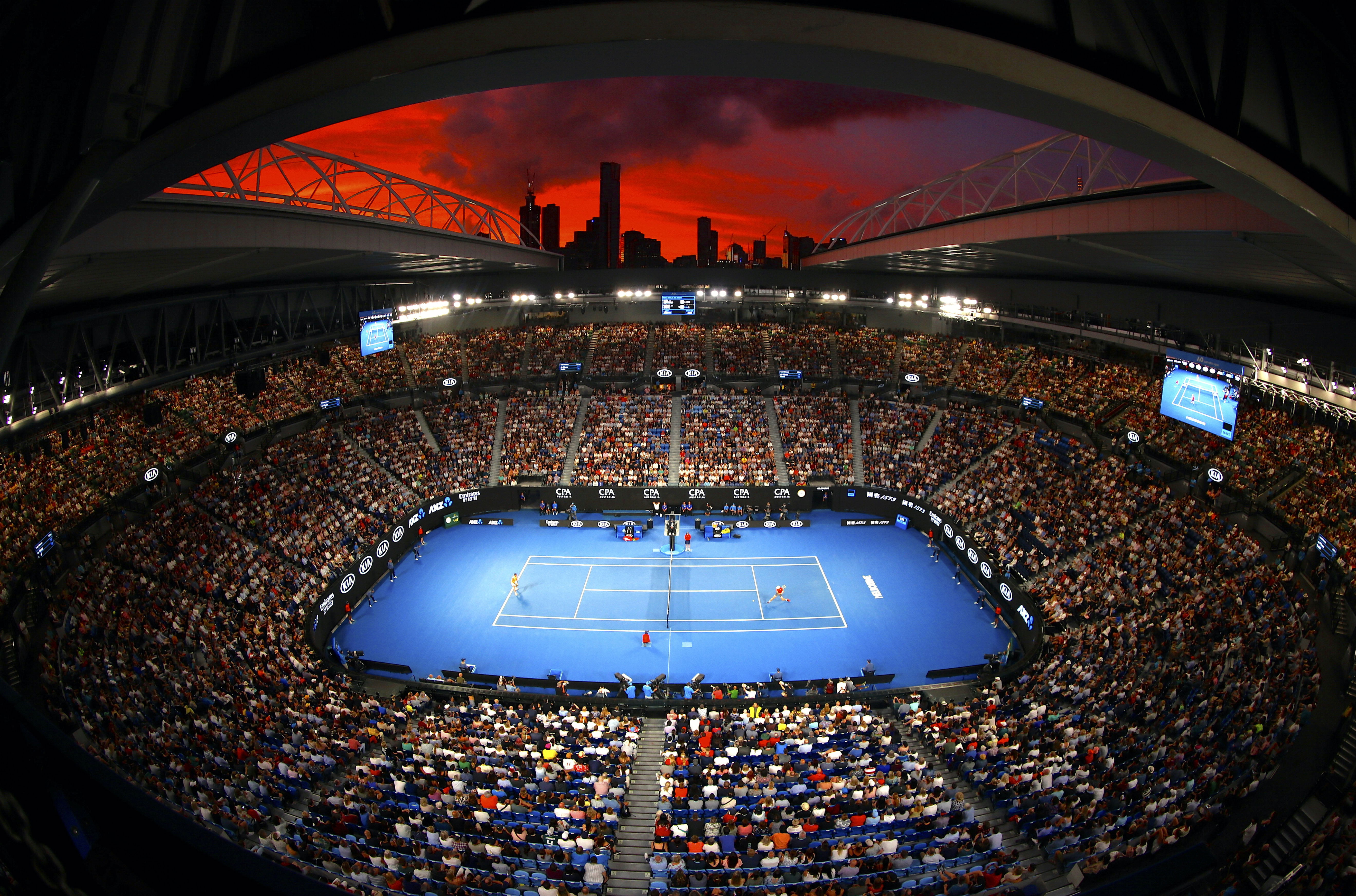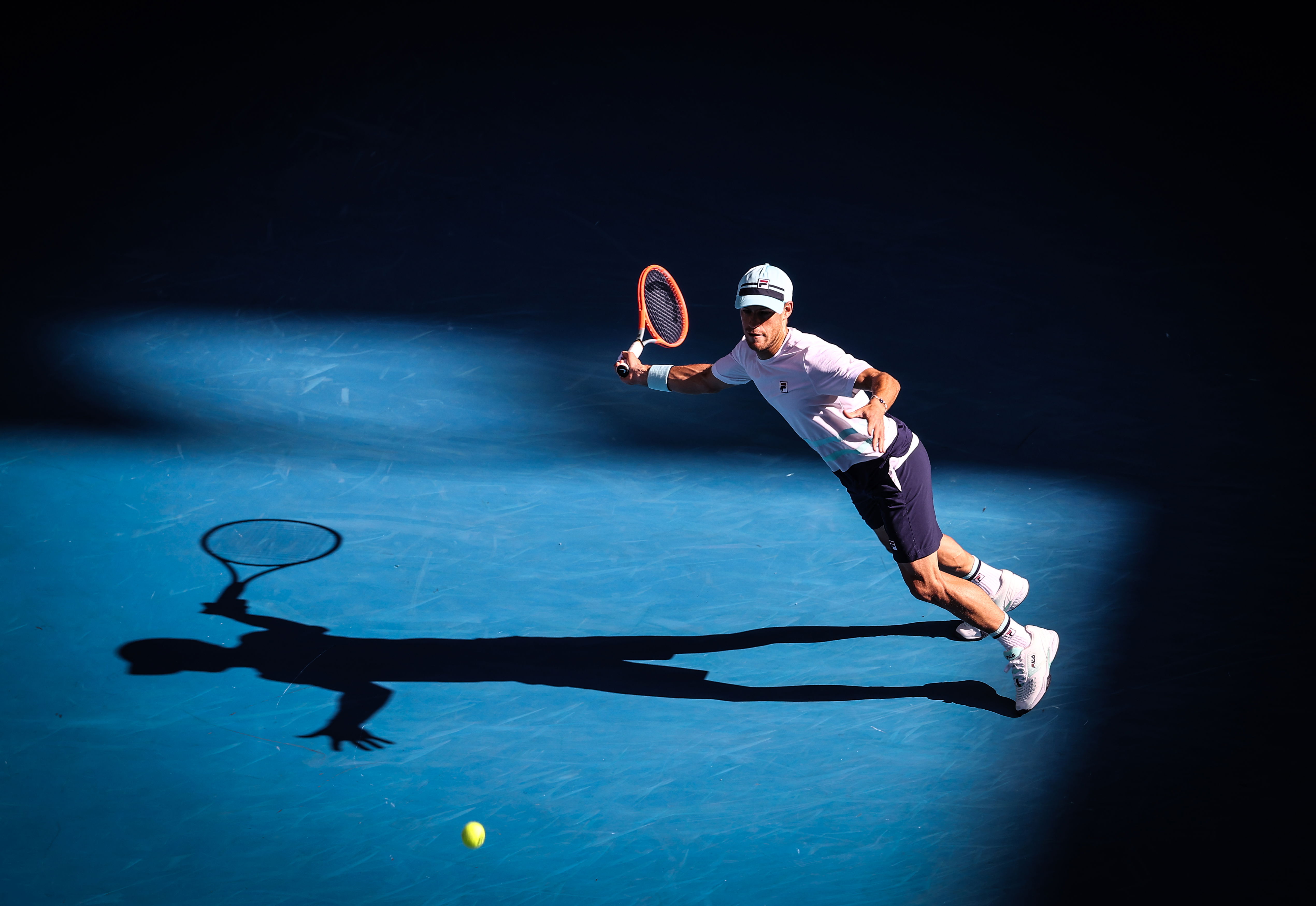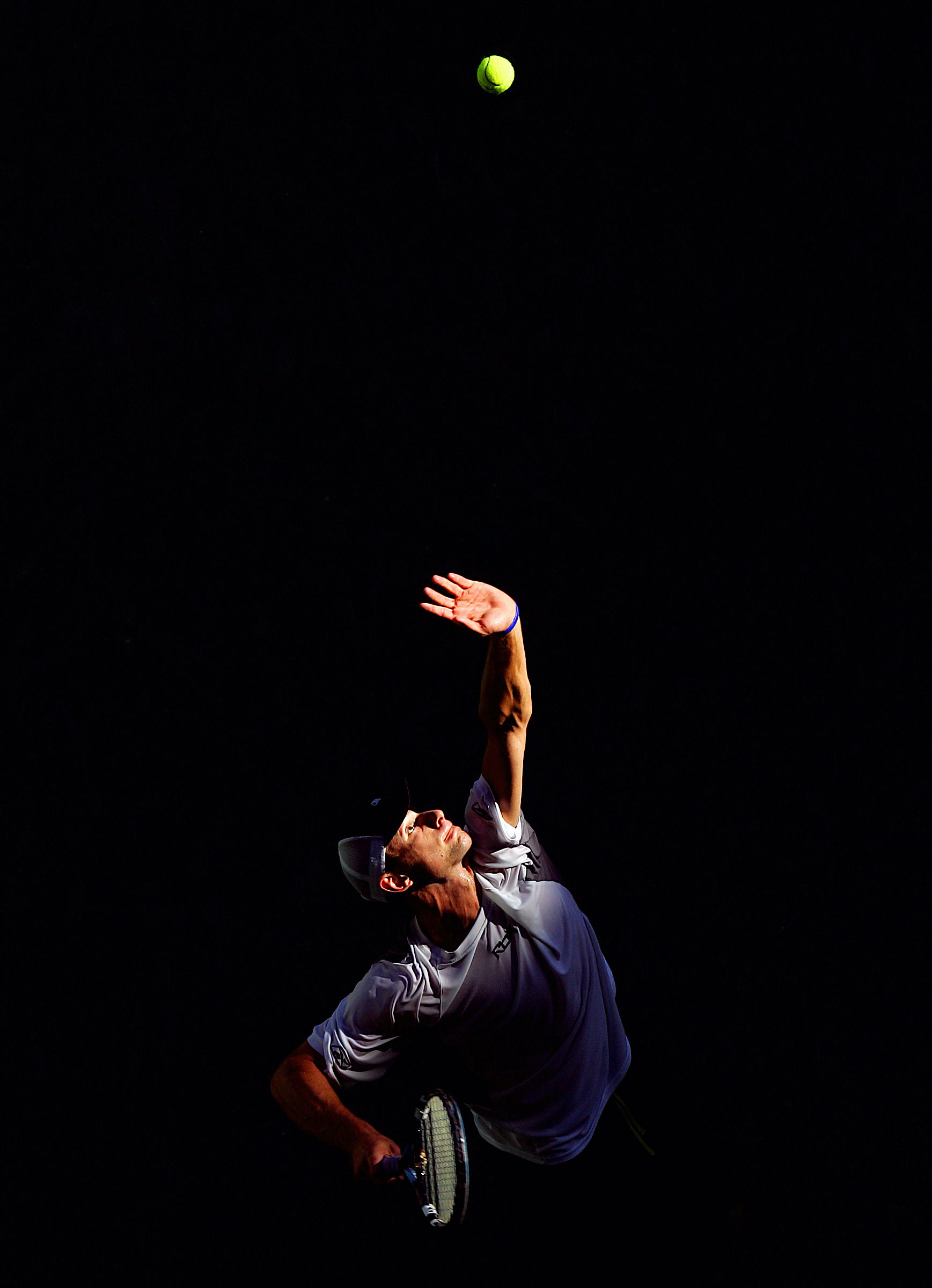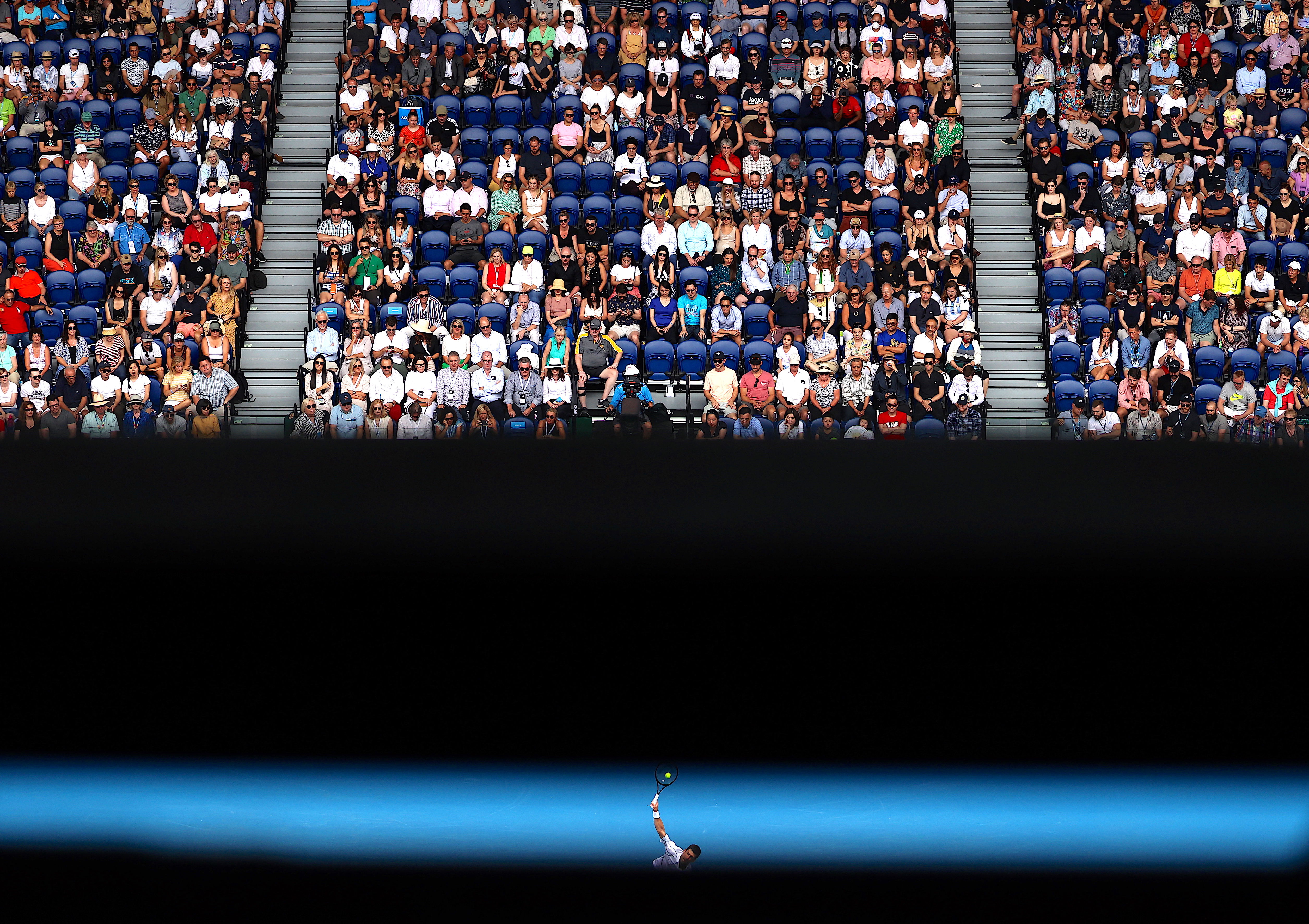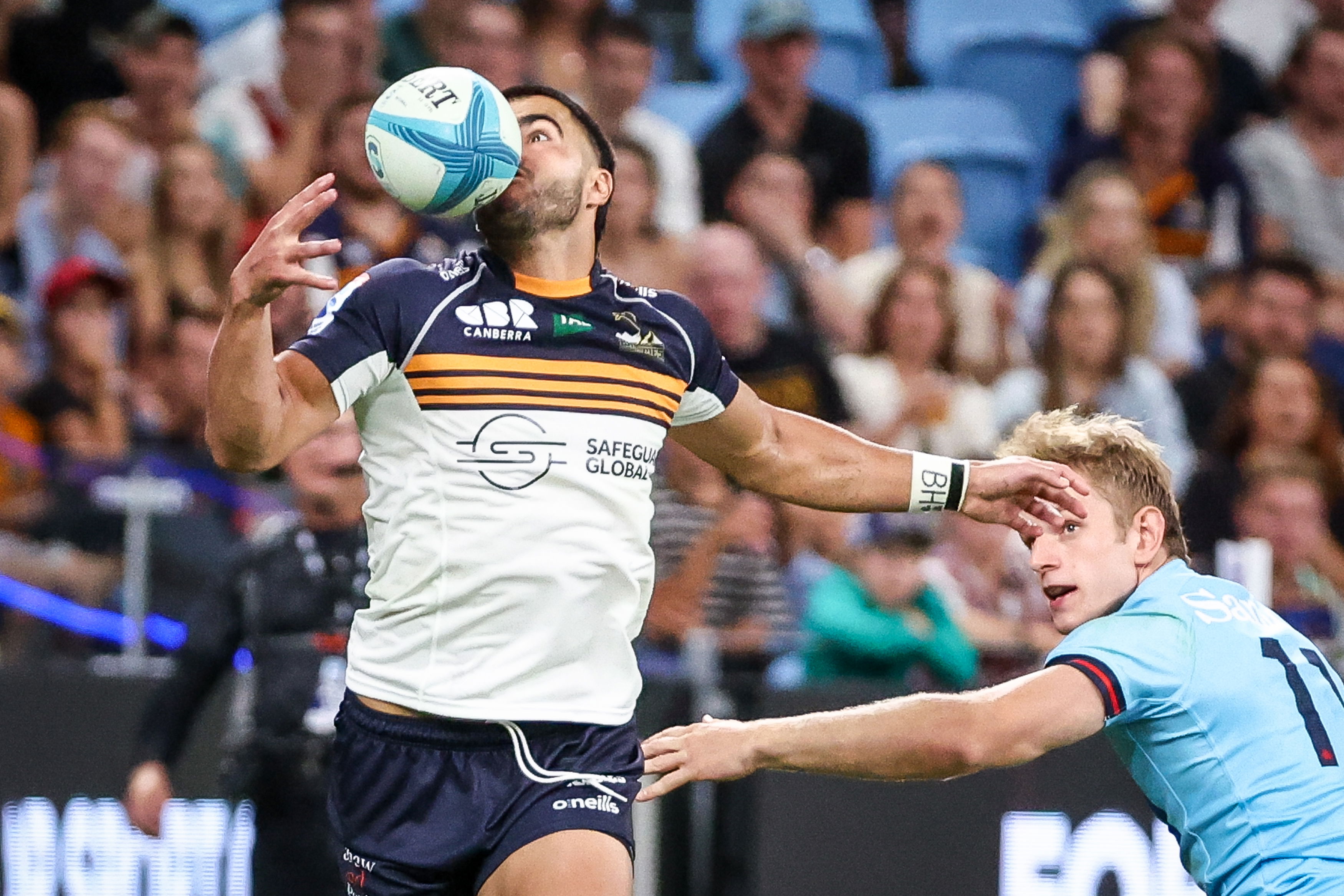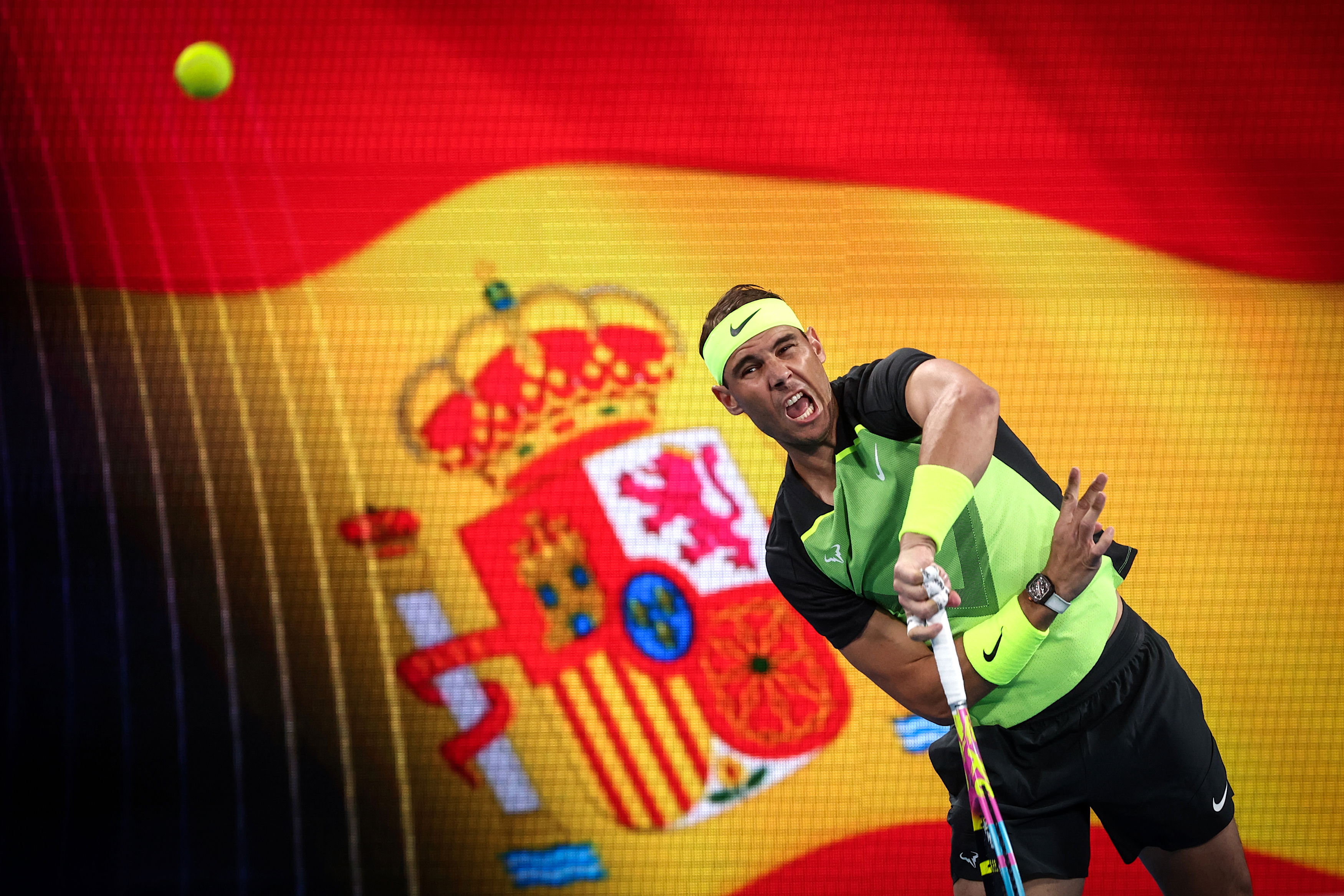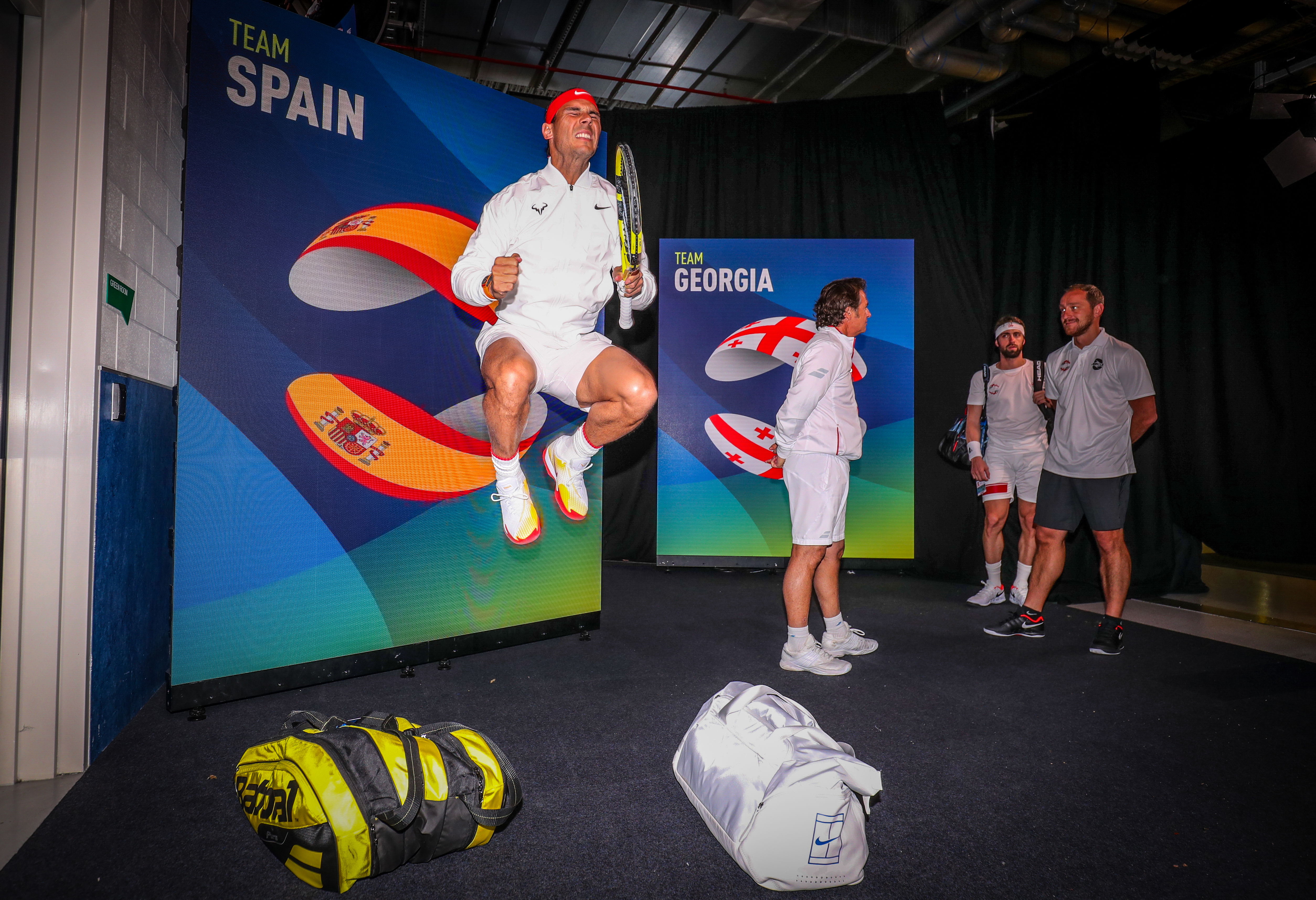In an exclusive interview with The Game magazine, David Gray, the overall winner of the WSPA 2021 awards, shares his inspiring story and sheds light on the intention behind his remarkable photograph. With a dive into his extensive experience in sports photography, Gray gives captivating insights.

David Gray Immortalizes Unexpected Moments Through the Power of Photography
David Gray is a photojournalist with over 30 years of experience and a special interest in sports photography. His interest started early, photographing his friends playing sports during school. Throughout his professional career, he has won several awards, such as the overall winner of the World Sports Photography Award 2021, with the photograph of Naomi Osaka helping a butterfly.
His long career has enabled him to capture significant moments that will go down in history. He also advises those taking their first steps in the industry to stay relevant, photograph as much as they can and show their employees that they are hard workers. Beyond sports photography, a current focus of his attention is covering stories about the environmental impact in the South Pacific region.
In this interview with The Game Magazine, David tells us more in-depth about his experiences while covering events. He gives recommendations for those who want to know a little more about the basics of sports photography.
“ The biggest challenge in a photographer’s career I believe is being able to make sure you stay consistently reliable.”
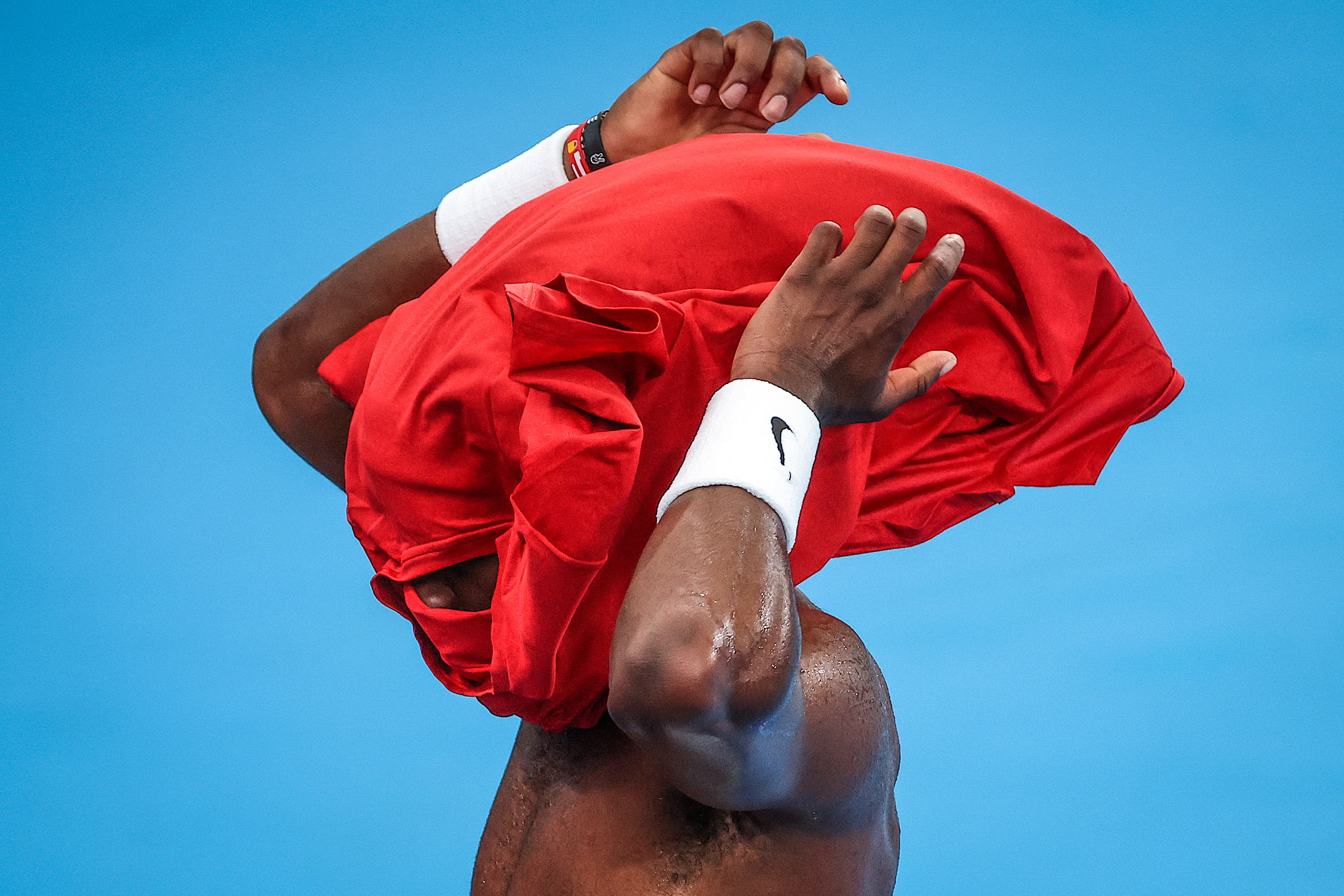

Please introduce yourself.
My name is David Gray, and I have been a Photojournalist for over 30 years. I have been based in Australia for most of my career, but spent over five years based in Beijing, China, from 2007 until 2013. I started as a photographer at News Limited in Sydney, Australia, working mostly on The Australian newspaper, as their sports photographer. In 1995, I started with the Reuters News Agency, covering such events as 9 Olympic Games, 4 Soccer and Rugby World Cups, and 22 Australian Open tennis championships. In 2019, I started working as a freelancer for numerous agencies and publications, including AFP, Getty Images, Australian Associated Press, Bloomberg, and the New York Times, and as an official photographer for The Wimbledon Tennis Championships and SailGP yacht racing.
How long have you been working as a photographer, and how did you become interested in photography?
I have been a professional Photojournalist for 33 years. I got interested in photography at school when I started photographing my friends playing sports, which were used in the school newspaper. What I most fondly remember, was seeing the images I had taken, after I had hand processed the rolls, and then printing them with the images slowly appearing on the photographic paper. I was immediately hooked. Once I left school, I managed to get a job as a Copyboy (a general do-it-all for any body type job) in the photographic department of the News Limited group of newspapers in Sydney, Australia. From there I got a cadetship, and became a full-time newspaper photographer in 1990. I definitely got interested in photographing sports because I played many of them when I was young – cricket, tennis, golf, rugby, and soccer to name just a few.
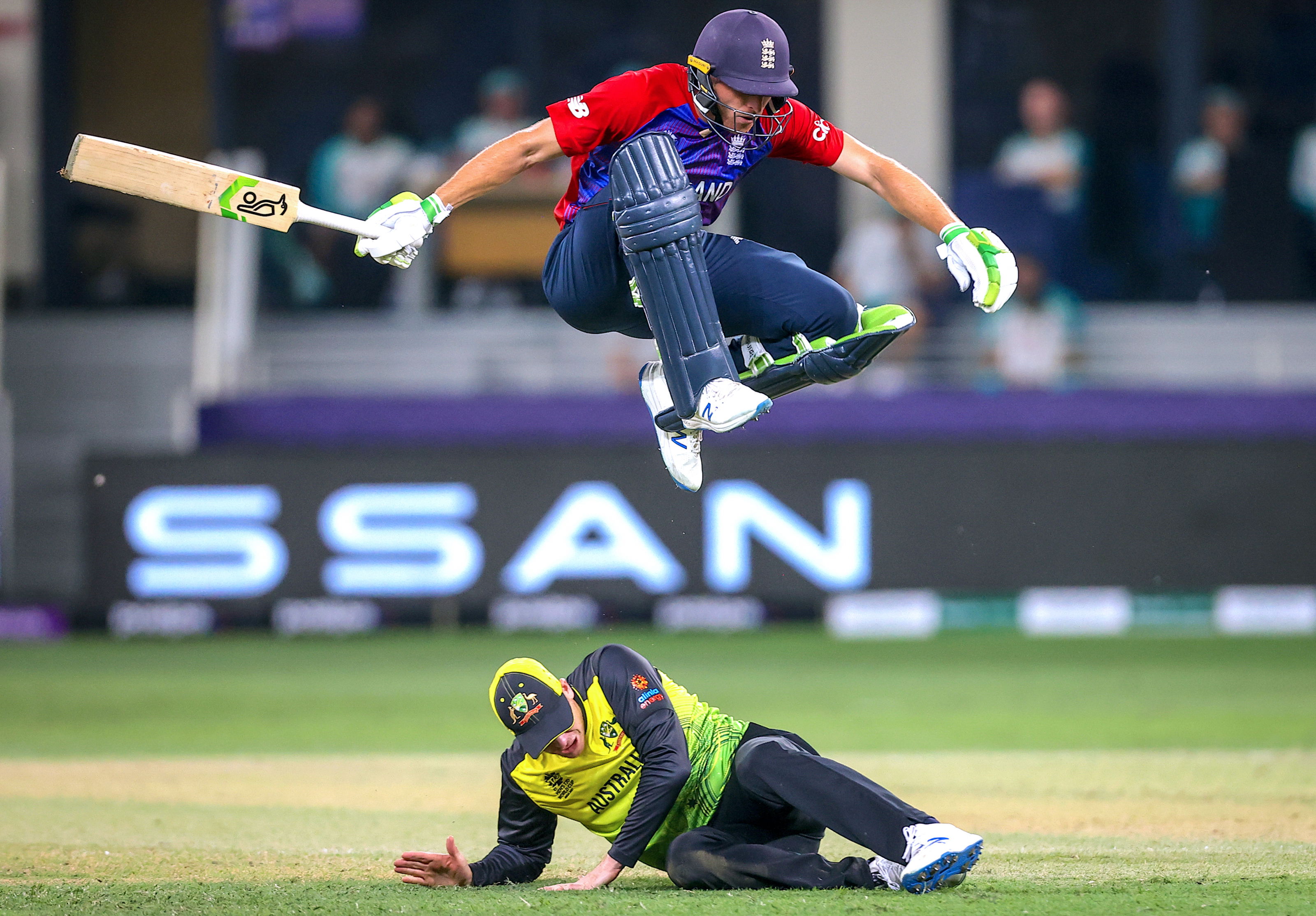
You have been the overall winner of WSPA 2022. What do you think was the differentiating factor for you to be the winner of this award?
I have judged awards over the years myself, and I found that the images which grabbed the attention of judges, were always the ones that were different – they stand out from the crowd. They of course also need to be aesthetically pleasing to the eye, but mostly they need to be unique. The photograph of Naomi was certainly not a typical moment on a tennis court for sure.
“ The images which grabbed the attention of judges were always the ones that were different – they stand out from the crowd.”
Could you provide additional details about the circumstances surrounding the award-winning photograph from last year, where Naomi Osaka was captured assisting a butterfly?
The image of Naomi Osaka was one of the most surprising moments that I have ever had when photographing sporting events. Any kind of animal appearing on a tennis court is unusual, let alone one that actually gets that close to a player. I was in the roof of the stadium, concentrating on getting nice shapes of Naomi’s shadow as she was serving and hitting shots, when I noticed that she had stopped, and was touching something on her dress. Thankfully, the butterfly came onto her hand facing just the right way to show its shape as a shadow. I must add, that this is a good example of what I always tell people about photographing sport – always expect, and be ready for, the unexpected.
“ I always tell people about photographing sport – always expect, and be ready for, the unexpected.”

Could you please share a thrilling encounter or memorable experience you’ve had as a photographer?
There have been many memorable moments I have experienced, but the one that always comes to mind was when a fellow countryman by the name of Stephen Bradbury, competing in the 2002 Winter Olympic Games short-track speed skating final, won a gold medal after all the other competitors crashed on the final lap, allowing him to skate across the finish line in first place. It has become such a legendary moment in the nation’s sporting history, that it is now become a part of the national vocabulary, with the saying ‘doing a Bradbury’.
What aspect do you perceive as the most rewarding when engaging in photography?
There have been many capturing a moment that strongly depicts the emotion of sport is very rewarding in sports photography, but at the end of the day, nothing beats the excitement when your photographs are published in a global publication, and published BIG. This never fades no matter how old you get.

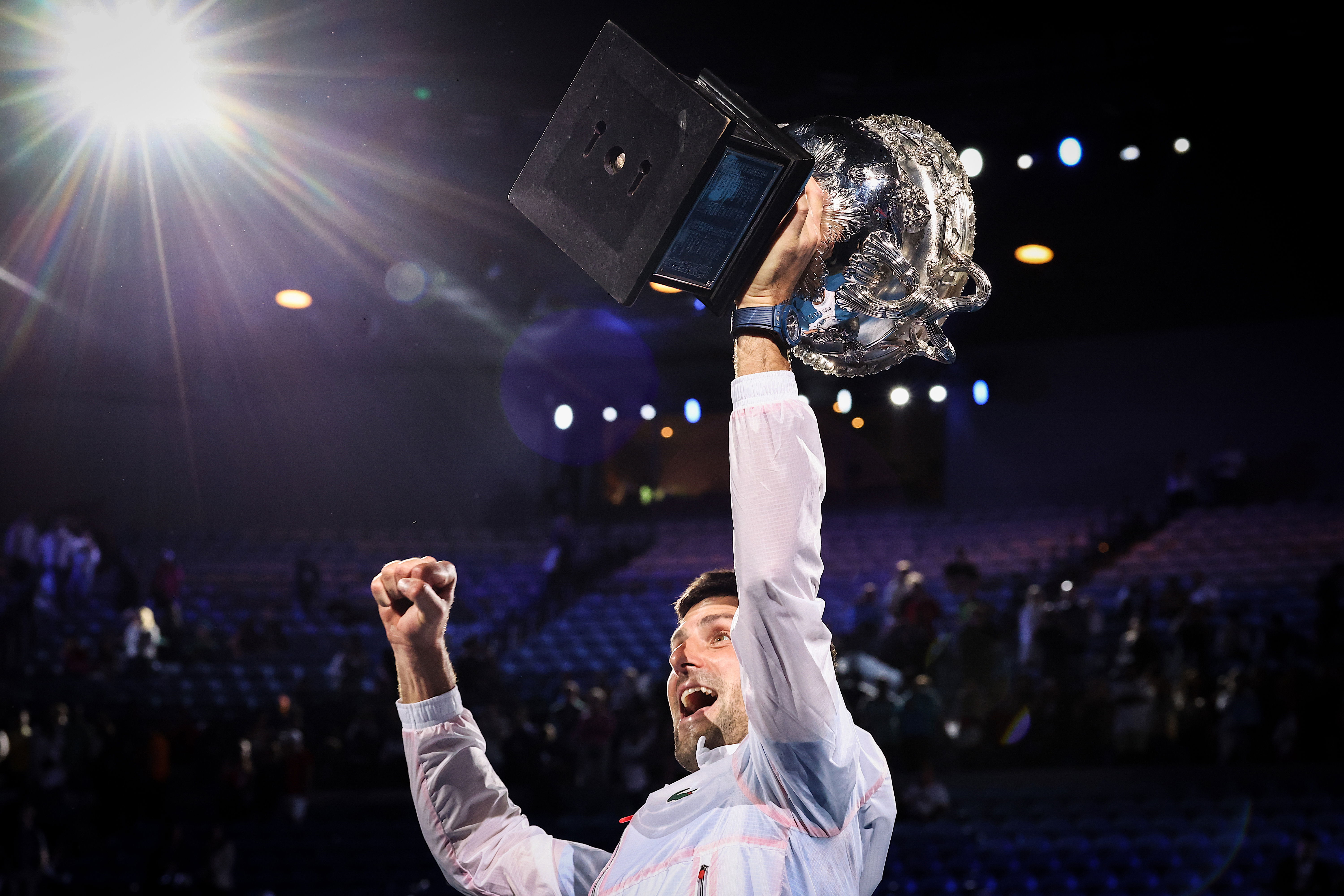
What do you find to be the most challenging aspect of pursuing a photography career?
The biggest challenge in a photographer’s career I believe is being able to make sure you stay consistently reliable. You must be able to capture all of the important moments of whatever sporting event you are covering, and on a regular basis. The best way for someone starting their career, is to try and photograph as MUCH as you can, showing that you are enthusiastic and hardworking. But also, you must prove to potential employees that you can not only take a good photograph, but you can also edit quickly and well. The one thing that many people forget is that editing is extremely important when covering sport, as the very nature of sports photography is that you take many frames to capture moments of interest, with many shots at the end of the day not needed. So making sure you have a good editing workflow is essential, especially these days with the latest cameras having the ability to take more than 25 frames per second.
“ You must be able to capture all of the important moments of whatever sporting event you are covering, and on a regular basis.”

When you take sports photos, how do you prepare? What equipment do you use to cover the matches? Do you use any specific techniques?
Whenever you prepare to photograph any sport, you should have done your homework regarding that sport. If it is a team competition for example, find out who is the favourite to win the game, who is each team’s best players, who are the coaches, is it an extremely important game in the competition, etc. This way, you will be able to watch for the pictures that hopefully visually show the result – the emotions of players, either as jubilation or dejection about the final result.
My equipment is always dependant on which particular sport you are covering. For example, soccer, rugby, and tennis I mostly shoot with a Canon 200-400mm lense, with a 1.4X convertor attached. However for cricket, a 600mm sense is needed. I always have three camera bodies, Canon R3 cameras, with one as a remote camera for soccer and cricket coverage. These remote cameras are triggered by Pocket Wizard transmitters. The other important piece of equipment is of course a laptop computer for filing your photos, but sometimes we also send directly from the camera to an FTP where an editor is filing. This does requires knowledge of how your camera’s wifi transmitting software works, which that can be tricky in large, crowded stadiums.
“ Whenever you prepare to photograph any sport, you should have done your homework regarding that sport.”


What future projects or exhibitions do you have planned in the coming months?
Outside of my usual sports coverage, I plan over the next few years to cover stories of environmental significance in the South Pacific region. These small, island nations have been impacted greatly by climate change and the resulting rise in sea levels, and their plight must be given attention.
Would you like to add something else?
One last and very important point I would like to make regarding Photojournalism photography, is that no matter what sporting or news event you are covering, you need to remember that you are an impartial observer, and should not being biased in any way. You should always send pictures which truthfully represent what occurred during the event, and don’t not send a picture because you think it might be regarded as controversial. Most historical photographs of significance were controversial at the time, but over time, are regarded highly because they are proof that events, good or bad, did actually happen. This demonstrates the power of photography.
“ No matter what sporting or news event you are covering, you need to remember that you are an impartial observer, and should not being biased in any way.”

